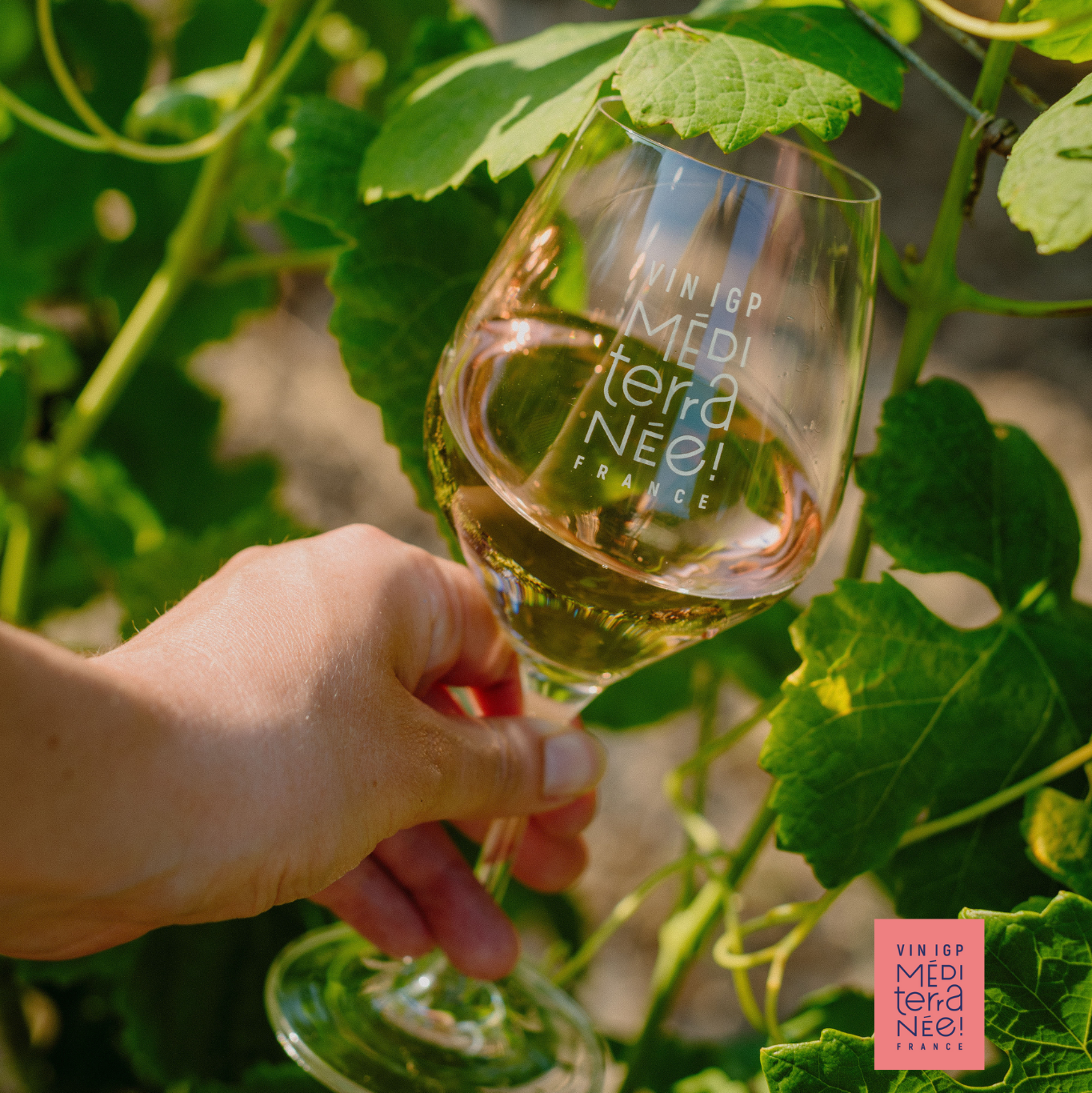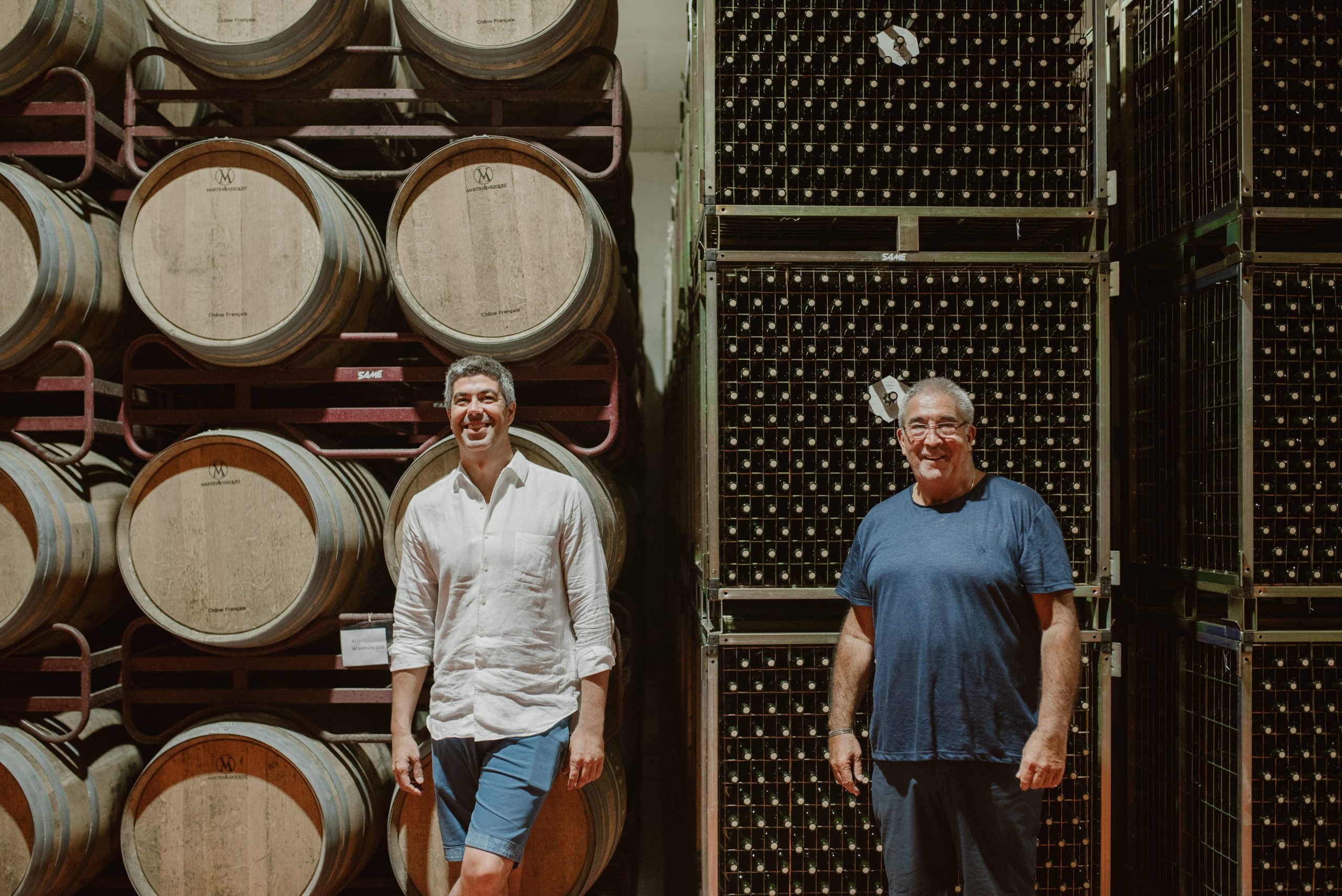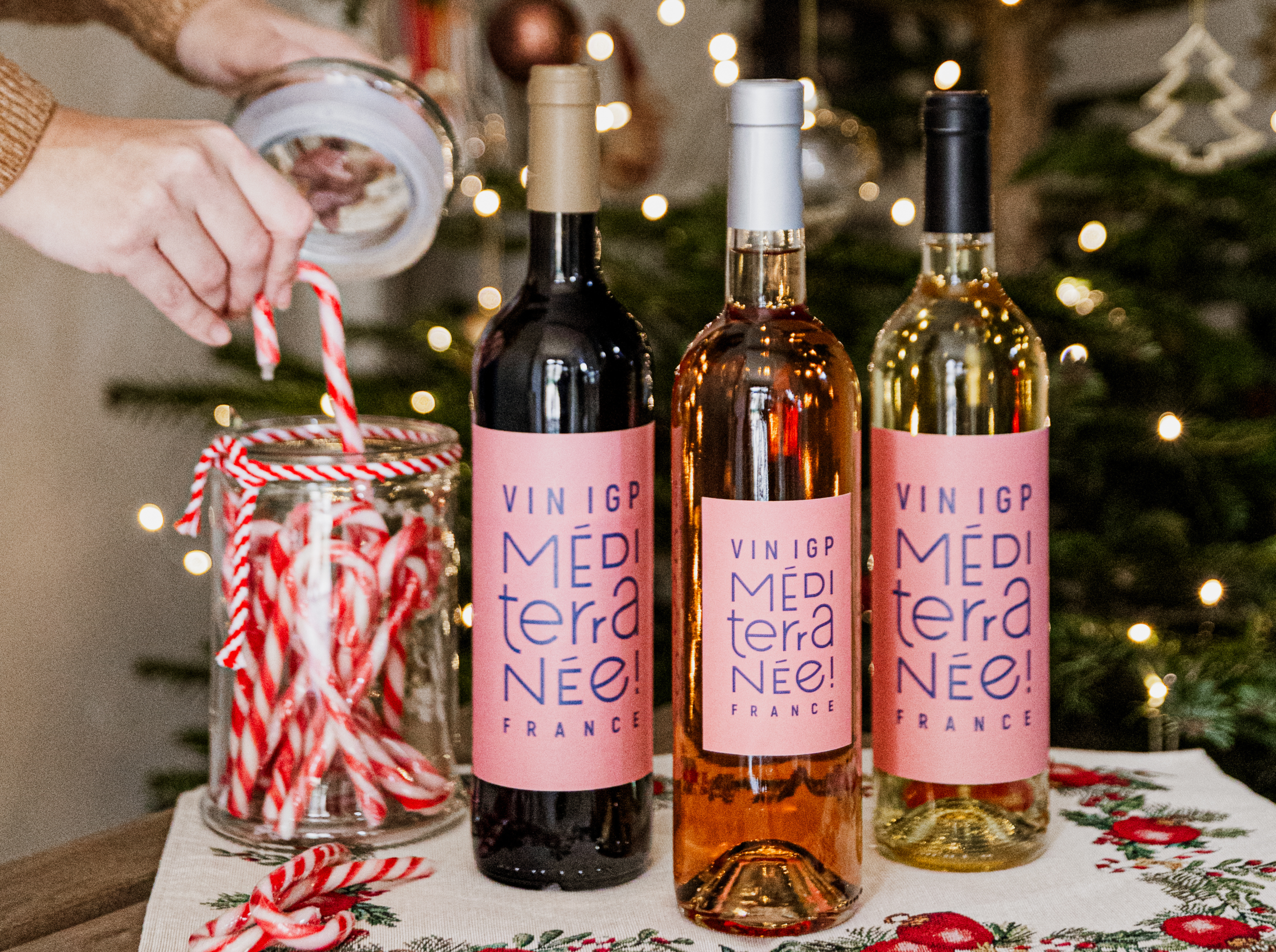In focus: Las Compuertas
In association with Wines of Argentina, the drinks business profiles Las Compuertas, one of the 14 districts of Luján de Cuyo, itself a sub-region of Mendoza.
Las Compuertas is one of 14 districts that make up Luján de Cuyo, itself part of Mendoza. Gaining a GI in 2007, the region is principally known for its old vines – two thirds of which are Malbec – which were mainly planted between 1858 and 1930, and were some of the first vineyards established in the area.
Las Compuertas is now planted with 426 hectares of vines – less than 3% of the cultivated area of Luján de Cuyo.
Meaning ‘flood gates’, Las Compuertas was the first region to receive irrigation from the Mendoza river, and its soils have a high clay and silt content to help retain water, vital in an area with just 200mm of rainfall.
Pamela Alfonso, vineyard director of Alta Vista, says that efforts are now concentrated on conserving the genetic material, and selecting those vines that had best adapted to the environment. “We believe Las Compuertas is the origin of Malbec in Mendoza,” she says. “It’s the ‘grand cru’ for Malbec in Argentina and we have the oldest Malbec material in the world.”
Hervé Birnie-Scott, estate director of Terrazas de los Andes, a subsidiary of Moët-Hennessy, agrees. He says: “We’re getting closer to the definition of a ‘grand vin’. We’re harvesting earlier, with more acidity. Our wines are not built on muscle like the wines that Argentina used to make.”
Partner Content
Gerald Gabillet, estate manager and head winemaker of Cheval des Andes, a project between Saint Emilion’s Château Cheval Blanc and Terrazas de los Andes, says it’s about identifying the subtle differences between each vineyard and having the confidence to do what is best for each one. A blend of grapes from Las Compuertas and Altamira in the Uco Valley, his wine changes each year to reflect the “season” and is principally a mix of Malbec and Cabernet Sauvignon.
Juan Bruzzone, winemaker at Fabre Montmayou, says it is important to maintain old traditions to keep the character of the wines. “We still use furrow irrigation. When you have a plant that’s 100 years old and you change the type of irrigation it can be dangerous,” he says.
Meanwhile, family-owned producer Luigi Bosca, which produces wines from its 44ha Finca Los Nobles, aims to showcase the diversity and traditions of Las Compuertas, producing two red field blends and a white wine made from Chardonnay. Whites represent only 5% of production in the region, thus with its rarity value, Luigi Bosca’s white commands a retail price of roughly £40 a bottle. Quality is central to producers in Las Compuertas. The region boasts its own consortium that conducts panel tastings to determine the quality of each wine. Efforts are being made to raise awareness of the region by stressing its viticultural heritage.
Matías Riccitelli, winemaker at Riccitelli wines, says the work is paying off as people become more familiar with the Luján de Cuyo sub-region. He believes the region “has it all”. “I always make fresh wines but in Las Compuertas you can achieve it all: freshness, structure and softness. It’s the place for Malbec,” he says.




